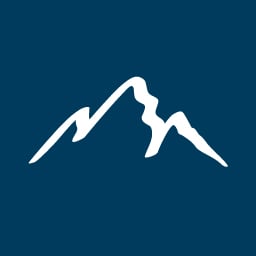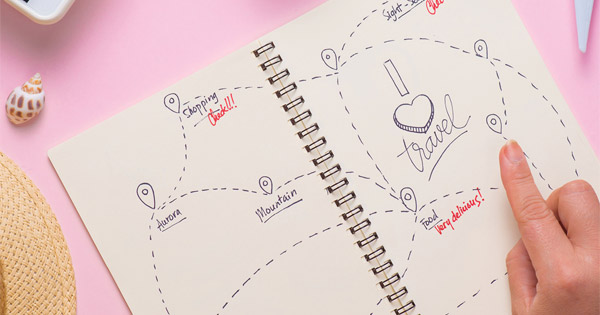Kids these days are growing up with more access to financial products than ever before. From debit cards to mobile apps and specialty accounts, they have so many options when it comes to managing their money. In honor of Youth Month, let’s take a look at why it can be a good idea to open a savings account for your child.
Teach the basics of saving
One of the most important lessons you can teach your child is the value of saving money. A savings account is a great tool to help your kid understand this concept. By depositing money into the account on a regular basis and watching it grow, your child will learn the importance of setting money aside for the future.
Teach kids about money management
A primary benefit of opening a savings account for your child is that it helps them learn about money management in a truly hands-on way. When your child has their own account and they control their spending to a degree, they’ll learn the importance of tracking their spending and setting money goals. They’ll also learn how to manage an account at a financial institution. This includes depositing money, tracking balances and will later evolve into using a debit card when they get their first checking account and more.
Help kids save for a short-term financial goal
Turn the lesson of smart savings into a lifelong habit by having your child use their account to practice saving up for a short-term goal. First, talk to your child about their financial wish list, and help them choose a realistic goal. Next, help them create a savings plan while using their account, which will help them reach their goal. Your kid can now set aside money they’ve earned from an allowance or part-time job, or that’s been gifted to them for a birthday or another occasion, until they have enough money saved in their account to fund their purchase.
Build credit early
A child at any age can have a savings account. Financial institutions have differing policies for the minimum age required to open a share draft/checking account, but some are as low as 13 years with a parent co-owner. Many banks and credit unions offer credit cards along with youth accounts. So, as your child reaches adulthood, talk with your bank or credit union about getting a credit card with their name on it to help them start building credit at a young age.
Prepare for the future
Starting a savings account and learning experience from a young age can prepare your child for unexpected expenses in the future. As they age, their needs and expenses will increase, and the more you can help them prepare now, the better off they’ll be in the future. For example, your child may need extra cash to pay for a broken phone, or when they’re a bit older, for a car repair. Having money set aside for emergencies will teach them to be prepared for any financial reality.
Teach investing and interest concepts
A savings account can be a great way to introduce your child to the concepts of investing and earning interest. Many savings accounts offer compound interest, which means that the interest earned on the account is added to the principal, creating a snowball effect that can lead to higher growth over time. With some youth accounts, kids can even start investing in stocks, bonds and mutual funds with as little as $50. Teaching your child about these concepts can help them develop a lifelong interest in investing and financial planning.
Build responsibility and independence
Having a savings account can also help your child build a sense of responsibility and independence. By managing their own money and making decisions about how to save and spend it, they’ll learn valuable life skills that will serve them well in adulthood.
Opening a savings account for your child is an excellent way to teach them important money habits and to prepare them for a financially successful future as more options open up to them. To open a savings account for your child at Wasatch Peaks Credit Union, call, click or stop by today.



